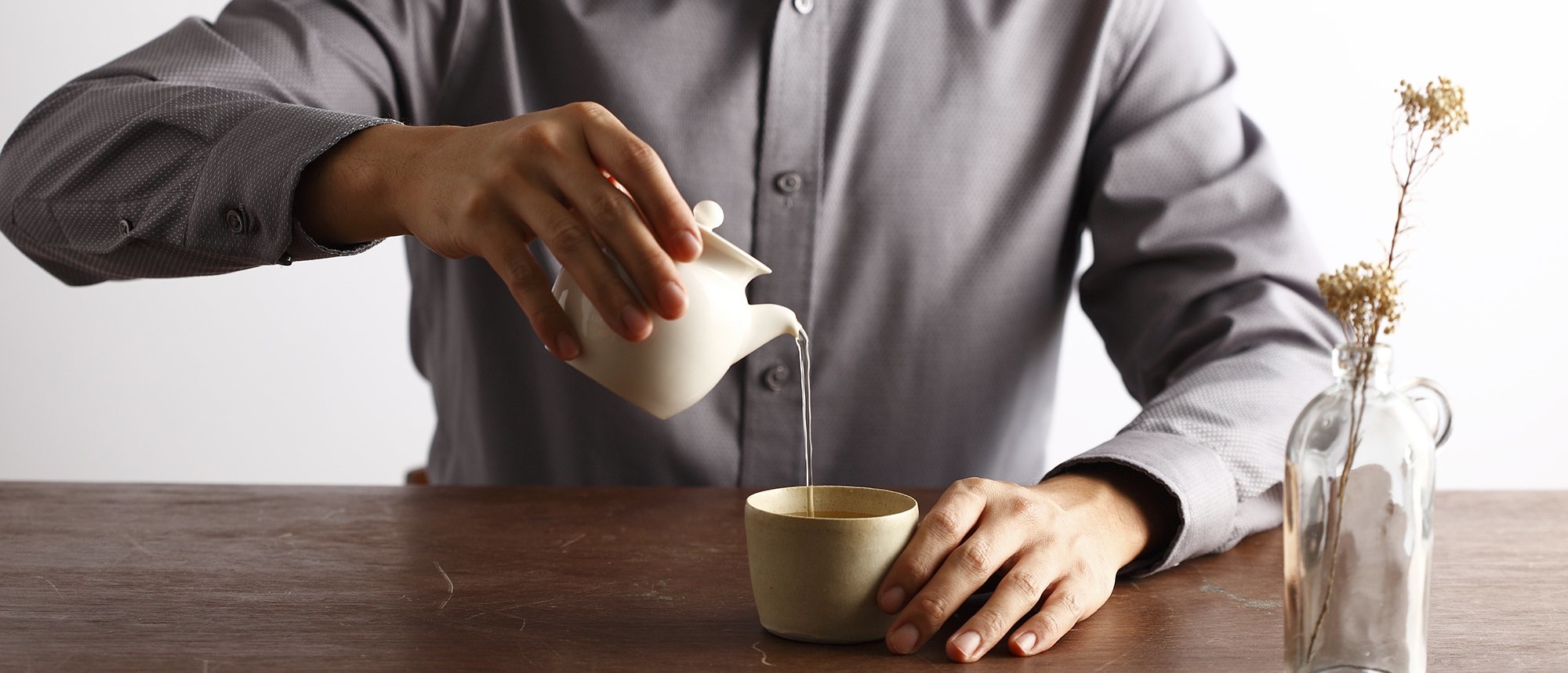Top notes, Middle notes, Base notes
Stimulate taste buds and experience the beauty of scent changes
During the process of sipping a cup of tea, the sense of smell is the first to appreciate the comfort and beauty of the aroma, followed by the taste of the tea soup in the mouth, the sweetness and smoothness, and the floral aroma hidden within the tea soup. These combine to create a beautiful experience for the sense of taste and smell. After swallowing the tea soup, the lingering tea aroma in the mouth is a sweet remembrance, making everything still so wonderful. When the aroma of tea stimulates the brain, it enriches imagination. Closing the eyes, one can imagine being in a primal forest at an altitude of two thousand meters.
Jing Sheng Yu hopes to provide everyone with a profound experience of this beauty. Interestingly, this experience has a "sequence," just like the fragrance of perfume, with changes in the "Top notes, Middle notes,and Base notes" The most authentic and charming enjoyment of Taiwanese tea lies in this experience.
The delicate taste performance of Taiwan tea is hard to describe in a few words. Often, in traditional tea ceremonies, there are descriptions of the tea-drinking experience, such as refreshing, throaty, mellow, melting in the mouth, ethereal aroma permeating the taste buds, and the texture of fruit pectin, etc. These are indeed all descriptors of the pleasant experience of drinking tea. However, for those new to Taiwanese tea, it is not easy to connect these descriptors with their own experiences. Without a long-term tea-drinking habit, it is not easy to grasp these feelings from a few cups of tea. Furthermore, the difficulty of uniform descriptions is a significant issue. Some may find it sweet, some may find it refreshing, some may say it has a sweet taste, and without professional training, it is not easy to accurately describe the various sensations in the mouth and body.
Many times, through the assistance of words and language, one can quickly enter the world of tea. However, I hope to offer a simpler way for everyone to appreciate the layers of a cup of tea. By not directly stating the specific feelings and flavors of each cup of tea, but rather through the concept of "front taste, middle taste, and back taste," quietly experiencing the changes in scent and sensations before drinking, while drinking, and after swallowing the tea soup. Is this method more helpful for everyone to "start from scratch" their initial tea-drinking experience? Experimental results have shown that many people have actually learned how to drink tea in a short period using this method, dividing the entire tea-drinking process into three stages, making the sensations in each stage more apparent, and experiencing the rich and diverse flavors of Taiwanese tea.



